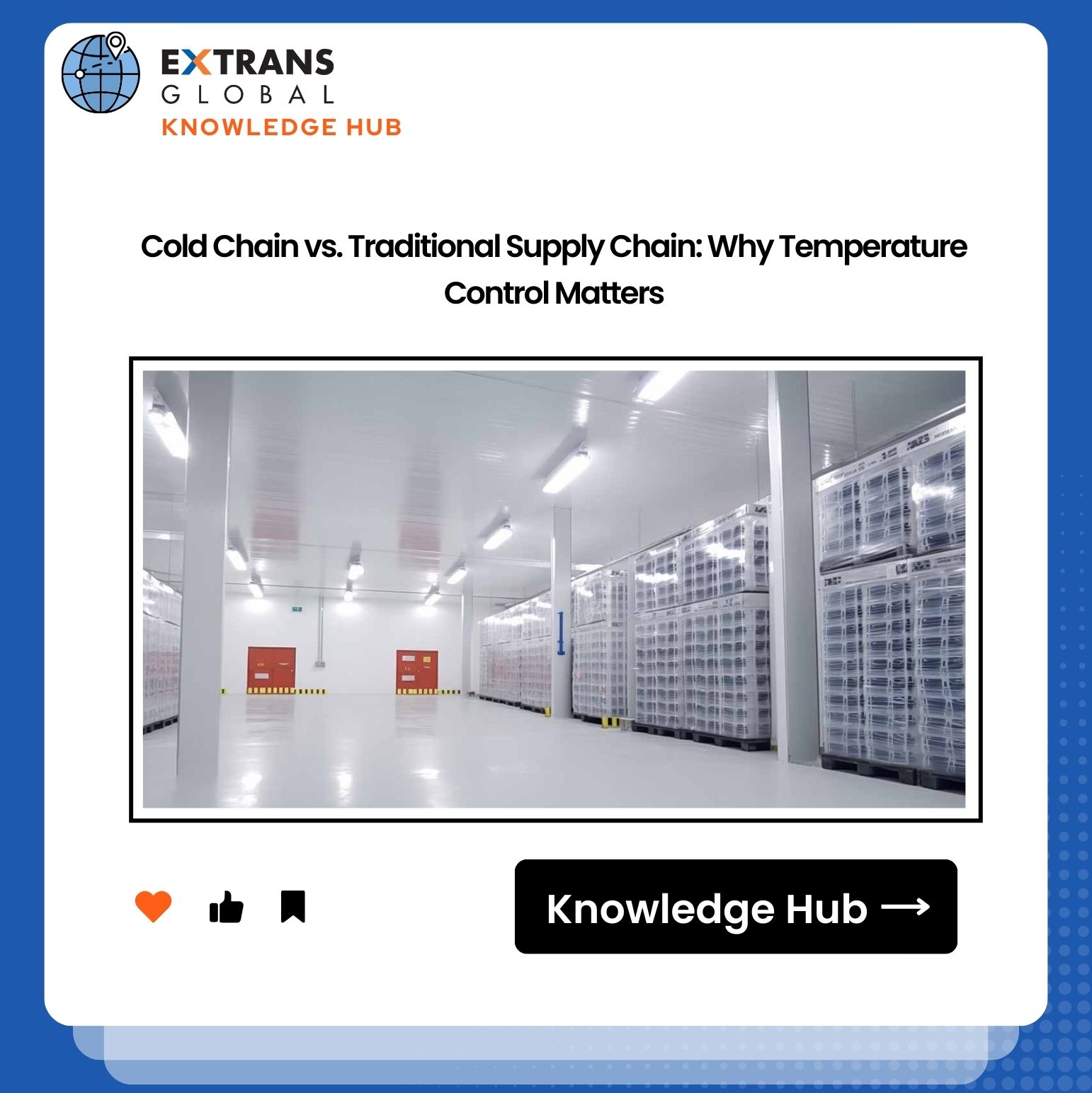Cold Chain vs. Traditional Supply Chain: Why Temperature Control Matters
Cold Chain vs. Traditional Supply Chain: Why Temperature Control Matters
In today's fast-paced market, supply chain management is crucial for businesses striving for efficiency and customer satisfaction. Among the various types of supply chains, the cold chain stands out for its critical role in preserving temperature-sensitive products. This article explores the differences between cold chain and traditional supply chain logistics, emphasizing why temperature control is vital.
Understanding the Supply Chains
Traditional Supply Chain
A traditional supply chain typically involves the movement of goods from manufacturers to distributors to retailers and finally to consumers. Goods in this chain can range from non-perishable items like canned goods to perishable items that require specific handling. However, traditional supply chains do not focus primarily on temperature control.
Cold Chain
In contrast, a cold chain is a specialized supply chain designed to maintain the quality and safety of temperature-sensitive products. This includes food, pharmaceuticals, and biological samples. The cold chain ensures that products are stored and transported within a specific temperature range, typically between 2°C and 8°C for pharmaceuticals and below -18°C for frozen foods.
|
Category |
Definition |
Temperature Range |
Perishability |
Bacterial Growth |
Storage Conditions |
|
Frozen |
Goods that must remain frozen |
-18°C (0°F) and below |
Very low; long storage |
Minimal; most bacteria inactive |
Consistent freezing; insulated containers |
|
Chilled |
Goods kept cool but not frozen |
0°C to 4°C (32°F to 39°F) |
Moderate; limited shelf life |
Slower growth; some bacteria can thrive |
Refrigeration; maintain consistency |
|
Ambient |
Goods that do not require temperature control |
15°C to 25°C (59°F to 77°F) |
Varies widely; some non-perishable |
Growth can occur; depends on product |
Standard storage; ventilation needed |
|
Temperate |
Goods requiring slightly warmer conditions |
5°C to 15°C (41°F to 59°F) |
Moderate to high; quick spoilage |
Increased growth potential; monitoring essential |
Controlled environments; avoid fluctuations |
Why Temperature Control Matters
1. Product Quality
Temperature fluctuations can lead to spoilage and degradation of products. In the food industry, for example, improper temperature control can cause bacterial growth, affecting the safety and quality of the food. In pharmaceuticals, temperature deviations can render medications ineffective or even dangerous.
2. Compliance and Regulations
Many industries are subject to strict regulations regarding temperature control. The pharmaceutical sector, for instance, must adhere to guidelines set by agencies like the FDA and WHO. Failure to comply can result in severe penalties, including product recalls and legal action. A robust cold chain ensures that businesses meet these regulatory requirements.
3. Customer Satisfaction
In today's consumer-driven market, customer expectations are high. Delivering fresh food or effective medications is essential for maintaining customer trust and loyalty. A well-managed cold chain guarantees that products reach consumers in optimal condition, enhancing the overall customer experience.
4. Reduced Waste
Temperature mismanagement can lead to significant losses due to spoilage. According to the Food and Agriculture Organization (FAO), approximately one-third of food produced globally is wasted. By implementing efficient cold chain practices, businesses can minimize waste and improve their bottom line.
Challenges in Cold Chain Management
While the benefits of a cold chain are clear, managing one comes with its challenges:
- Infrastructure Costs: Setting up a cold chain requires significant investment in specialized equipment, such as refrigerated trucks and storage facilities.
- Monitoring Technology: Effective temperature monitoring is crucial. Businesses must invest in technology that provides real-time data to ensure compliance and quality.
- Training and Awareness: Employees must be trained in best practices for handling temperature-sensitive products to mitigate risks.
Conclusion
The importance of temperature control in the supply chain cannot be overstated, particularly in cold chain logistics. As businesses continue to evolve, understanding the differences between cold chain and traditional supply chains will be crucial for maintaining product quality, ensuring compliance, and enhancing customer satisfaction. Investing in effective cold chain management is not just a necessity; it is a strategic advantage in today’s competitive market.

top




